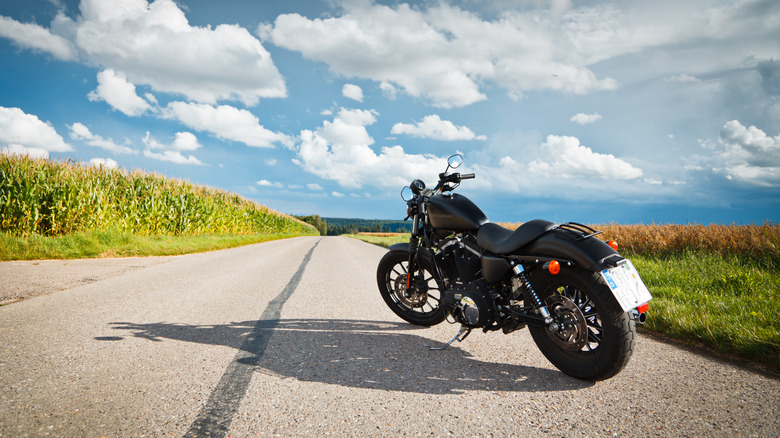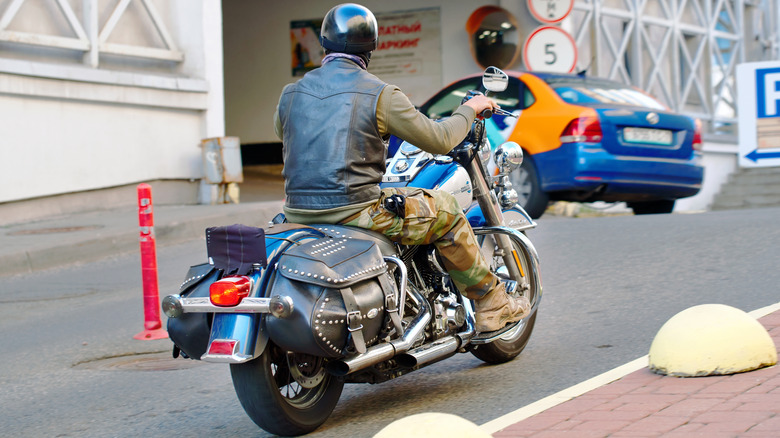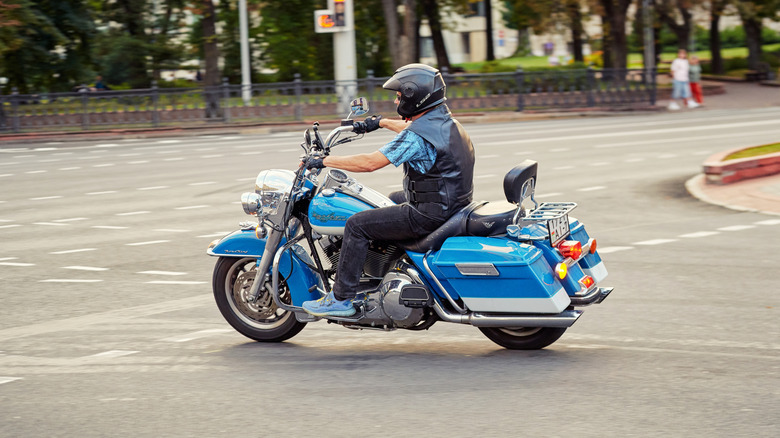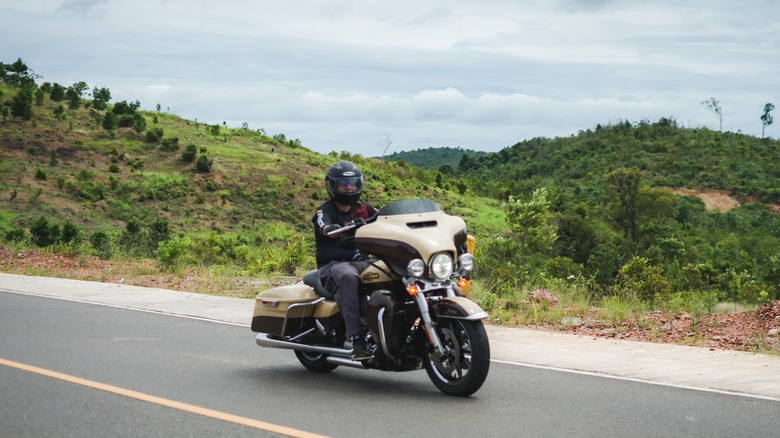How Much Is The Harley-Davidson Motorcycle Class & How Long Does It Last?
Few experiences can compare to tearing down a highway on a motorcycle. Sure, there's nothing quite like closing on a new home, making partner at a firm, or welcoming your first child. However, have you ever had nothing but a long stretch of asphalt in your view and a Harley V-twin engine rumbling next to your feet? You may already know that Harley-Davidson is over a century old, featuring a rich history that has positioned it at the forefront of the motorcycle industry alongside renowned brands like Yamaha and Honda. With this history comes a nearly unparalleled legacy that many bikers worldwide aspire to connect with, whether they are beginning their riding journey or have been riding for decades. For newer riders or those looking to get into motorcycles, finding one's way in such a revered world can be daunting. Luckily, Harley has you covered with a riding academy. But how long does it take to complete the classes, and most importantly, how much do they cost?
The Harley-Davidson Riding Academy has existed since 2000 and partners with your local Harley dealership to help you learn the ins and outs of motorcycle riding. Its entry program involves training on the X 350RA, which is Harley's go-to motorcycle for the academy. The courses are divided into several classes designed to accommodate different riders, ranging from those without a license to experts with years of experience. Consequently, each class varies in completion time and cost, with the latter depending on the rider's locale. The beginner course, for instance, spans three days, with prices in major cities including $425 in Los Angeles, $399 in Las Vegas and Tulsa, $295 in Austin, and $289 in Orlando. Let's take a closer look at the classes to understand what they cover, their costs, and how long it takes to complete each one.
Don't worry even if you're only starting out
Harley-Davidson has divided its training program into five different classes. Of course, each of them focuses on unique skill sets that are tailored to one's riding proficiency. The first class is the beginner class, perfect for anyone who has never been behind a motorcycle's handlebars. After enrolling, your local Harley-Davidson dealership will contact you with the details of the class, including what you need to bring on your training day. There will be a classroom session available either online or at the dealership, featuring a specific curriculum tailored to your location. Harley notes that some dealerships use the Motorcycle Safety Foundation curriculum, which features the MSF Basic eCourse. This course typically requires three to five hours to complete (separate from the actual Riding Academy beginner class) and involves an extra fee.
The beginner class includes two extra days after the class sessions are completed, during which you'll spend time at the range getting familiar with your bike. These two days will see you cover everything from starting your motorcycle to swerving and cornering. Like any course, an instructor will conduct evaluations to assess your skills before the program issues you a completion document that will help you secure an actual riding license afterward. As previously mentioned, the class price varies by state and city, so make sure to enter your specific location on the academy's submission page to view prices specific to your area.
Trusting your skills and judgement is crucial
The second tier is the intermediate class, ideal for riders looking to get a riding license. Unlike the beginner course, which provides a bike for trainees, the intermediate class requires you to bring your own street-legal motorcycle for a two-day training session. Alongside the motorcycle, you'll need a motorcycle permit or endorsement, as well as proof of valid motorcycle insurance. The course consists of exercises lasting 30 to 40 minutes, designed to teach skills such as risk management, corner judgment, and curve maneuvers. Harley mentions that a session may include two or three of these exercises and advises any potential trainee to prepare thoroughly in advance, bringing appropriate clothing and snacks. As for pricing, the intermediate program varies from region to region, just like the beginner class. Some examples of its costs nationwide are $250 in Las Vegas and $125 in Mesa.
The third tier is the practice class, which is designed to build confidence in riders who are not very familiar with their chosen motorcycle. The program takes a day to complete, focusing solely on refining many of the skills you already know, as well as some you should acquire. At the core of the program is strengthening your trust not only in your motorcycle but also in your skills and judgment. While having an excellent motorcycle is beneficial, adopting the right riding mindset is crucial. Of course, the practice program varies in cost, so make sure to enter your location on the program's page to view the associated prices. The price of the Vegas class is $200.
Trikes and touring bikes
The two final classes are the 3-wheel and adventure touring classes. Harley-Davidson trikes, like the Tri-Glide, are some of the best in the game. It's only right that the company lays out a training program for all who want to tame these monsters but don't know where to start. With the 3-wheel class, Harley provides a comprehensive entry-level course covering everything from what a trike is to how to ride one. The courses in this class are MSF-certified, featuring a mix of classroom sessions and hands-on practice on the range. The class takes about 18 to 20 hours to complete, with dealership locations influencing the prices. For instance, in Phoenix, Arizona, the fee is $425.
If you own a license and an Adventure Touring motorcycle and are looking to explore the great off-road, then the Adventure Touring Rider Course might be for you. Of course, you'll need to have prior riding skills before taking this class, which will mainly include learning and refining skills such as counterweighting and rear-wheel steering. The class serves as an excellent gateway to more advanced off-road experiences. Harley recommends that you bring suitable off-road gear, including vented and abrasion-resistant gloves, as well as a full-faced helmet that can accommodate goggles. The program lasts just one day, with costs varying from one Harley Davidson dealership to another.



